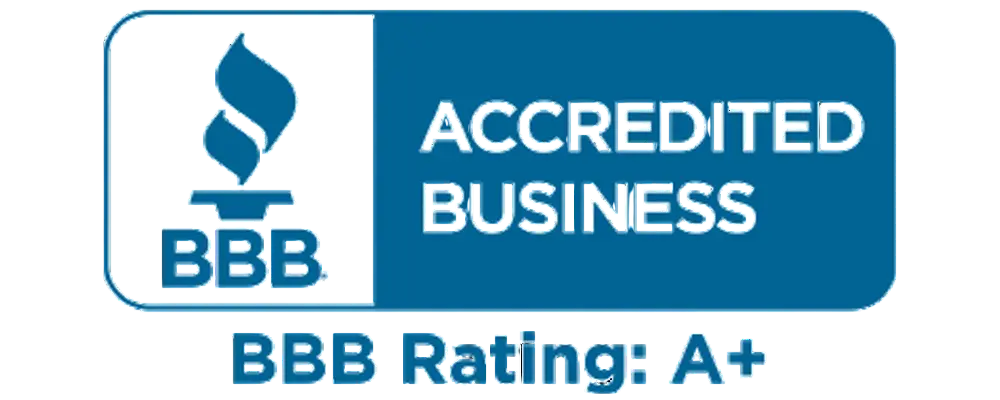Download free PDF
Lithium Chemicals Market Size, Share and Industry Analysis Report, Regional Outlook, Application Development Potential, Competitive Market Share & Forecast, 2025-2034
Report ID: GMI2959
Download Free PDF
Authors: Kiran Pulidindi,




Lithium Chemicals Market
Get a free sample of this report
Get a free sample of this report Lithium Chemicals Market
Is your requirement urgent? Please give us your business email
for a speedy delivery!





Lithium Chemicals Market Size
The global lithium chemicals market is predicted to achieve commendable growth over 2025-2034, attributed to the increased demand for lithium-ion batteries used in electric vehicles (EVs), energy storage systems (ESS), and consumer electronics. The worldwide decarbonization transition, alongside environmental policies and rapidly rising government subsidies for EVs and energy storage systems (ESS), will continue to strengthen the demand for cleaner mobility. Manufacturers, transporters, and processors of lithium chemicals, primarily lithium carbonate and lithium hydroxide, are also essential for lithium-ion battery cathodes, and to the current wave of electrification.
According to the International Energy Agency (IEA), global electric vehicle sales surpassed 14 million units in 2023, with positive expectations for continuing strong growth. Increased government charging facilities, aggressive carbon emission targets, and incentives are supporting this rapidly growing, worldwide market.
In India, the Ministry of Road Transport and Highways indicated a good start to 2024 for the EV industry. This increased adoption of e-mobility is reflected directly in the demand for lithium chemicals in global markets.
Automotive original equipment manufacturers are also stepping up investment in battery manufacturing plants, typically in partnership with lithium refineries and chemicals makers. Major automotive companies, including Tesla, General Motors, and BYD, are establishing long-term lithium supply contracts to limit possible material shortages. This is a sign of the increasing strategic importance of lithium chemicals in the automaker supply chain.
Also, outside of automotive, lithium chemicals are gaining traction in energy storage, renewable energy, pharmaceuticals, and specialty materials. Typical growth in residential and commercial energy storage and the migration to smart grids is propelling this growth. Challenges with lithium resource availability, climate impact of lithium mining, and geopolitical dependence on lithium/existing demand from certain areas (e.g. South America and China) may temper supply chain stability.
Lithium Chemicals Market Trends
Perhaps the most pressing trend that is influencing the lithium chemicals market is the fast-track deployment of energy storage systems (ESS) due to the increased adoption of renewable energy sources such as solar and wind. As the world's energy grids continue to decentralize, the demand for effective battery storage technology rises, thus increasing the demand for lithium-based chemistries.
The development of new-generation lithium battery technologies like solid-state batteries, lithium-sulfur, and lithium iron phosphate (LFP) is also transforming the chemical lithium landscape. These new battery chemistries demand exact lithium compounds with increased purity and performance levels, further contributing to the demand for pure lithium chemicals. Moreover, the growing focus on sustainability and ESG compliance is accelerating innovation in direct lithium extraction (DLE) technologies. These processes greatly minimize the use of water and lower environmental destruction, representing a cleaner option compared to the conventional hard rock and brine mining.
The other emerging trend is the strategic vertical integration along the battery supply chain. Automakers and battery producers are now investing more in refining lithium capacity to secure supply. For example, Tesla's planned refinery for lithium in Texas will come onstream by 2025, illustrating the larger trend of localizing lithium chemical production in the US.
Also, the use of lithium hydroxide is observing a rapid growth, especially because of its application in high-nickel cathode batteries that provide more energy density—a decisive factor for electric vehicles with increased ranges. The consumer electronics sector is also one of the most significant drivers of market growth, with the use of smartphones, laptops, and wearables being highly dependent on small and energy-dense lithium-ion batteries.
Lithium Chemicals Market Analysis
Lithium carbonate segment is expected to have a major share in the lithium chemicals market from 2025 to 2034. Lithium carbonate is extensively used as a starting material to make cathode active materials for use in lithium-ion batteries. Demand for this compound is growing in sync with the increasing sales of EVs and the establishment of grid-scale ESS. Additionally, lithium carbonate has a pivotal role in ceramics, glass production, and aluminum manufacturing, adding to its widespread applicability.
Conversely, lithium hydroxide is experiencing vigorous growth as it is backward compatible with nickel-rich cathodes, particularly in high-energy-density battery usage. With the automotive industry increasingly preferring NCM (nickel-cobalt-manganese) and NCA (nickel-cobalt-aluminum) chemistries to provide longer EV range, lithium hydroxide is also likely to see high demand, especially in Europe and North America.
The lithium chemicals market from the medical end-use application is anticipated to expand at a significant CAGR through 2034. Lithium salts find extensive applications in psychiatric therapies for the stabilization of mood, particularly among patients with bipolar disorder. Moreover, lithium-ion batteries' inclusion in portable diagnostic and therapeutic medical devices, such as insulin pumps, cardiac monitors, and neurostimulators, is increasing lithium chemical use in the healthcare industry.
The electronics industry remains a strong consumer of lithium chemicals, led by increasing demand for energy-efficient, long-lasting, and lightweight battery technologies. As smart home appliances, IoT devices, and high-performance computing solutions become increasingly widespread, the need for lithium-ion battery chemistry intensifies.
At the same time, industrial uses like lubricants, polymers, glass, and ceramics are experiencing consistent growth, underlined by world development of infrastructure, particularly in emerging nations. Lithium greases find favor in aerospace and defense applications due to their stability at elevated temperatures, while lithium in ceramics provides increased strength and resistance in sanitaryware and tiles.
North America is expected to be among the fastest-growing regions in the world lithium chemicals market until 2034. The United States, with support from the Bipartisan Infrastructure Law and the Inflation Reduction Act, is investing greatly in the production of EVs domestically, the manufacturing of batteries, and critical mineral supply chains. Various lithium projects, including those in Nevada, Texas, and California, are receiving federal and private sector incentives to increase lithium refining capacity.
Lithium Chemicals Market Share
A few of the key lithium chemicals companies are:
Top players in the lithium chemicals market are implementing both organic and inorganic strategies in combination to consolidate global positions. Major players are increasing manufacturing capacity, setting up joint ventures, and investing in up/downstream integration for supply chain control and to enhance profit margins.
Additionally, medium-sized producers are concentrating on the production of specialized lithium chemicals for specialty applications in pharmaceuticals, ceramics, and aerospace materials.
Lithium Chemicals Industry News